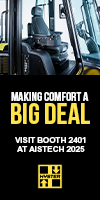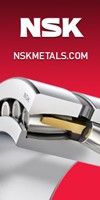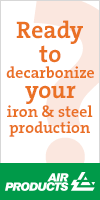ThyssenKrupp Steel Modernizes Hot Metal Base in Duisburg
04/01/2006 -
April 2006 — ThyssenKrupp Steel AG is modernizing its hot metal base in Duisburg-Hamborn.
The hot metal upgrade project features the construction of a new blast furnace on the site where Blast Furnace No. 8 closed down in 1991. In addition, the nearby Blast Furnace No. 9 – built in 1987 – is to be relined. Finally, Blast Furnace No. 4 – built in 1963 and also located at the Duisburg-Hamborn site – will be shut down and kept only as a back-up unit.
The blast furnace upgrade is to be implemented by 2008 at a total cost of 340 million euros. It will not only stabilize the hot metal base in Duisburg for the production and processing of steel at the company’s German plants, it will also improve productivity and optimize logistics.
The Düsseldorf district authority granted approval last summer for the construction of the new Blast Furnace No. 8 – a project which will cost around 200 million euros. Since then, work has been underway on clearing and preparing the site, which is located amid the existing infrastructure on the ThyssenKrupp Steel plant premises. The remnants and ancillary buildings of the old Blast Furnace No. 8 are being removed, with the construction materials being recycled for subsequent backfilling on the site and the scrap from the old furnace already fed to the converter.
In addition, media supply to the entire site is currently being restructured, with a complex system of pipelines to be laid and enclosed. Only when it is completed can the old pipelines, some of which supply the entire iron and steelmaking plant, be gradually taken out of service. Also currently under construction is a new, roughly 200 meter long stockhouse which will serve both the new Blast Furnace No. 8 and its twin, the existing Blast Furnace No. 9. Completion is expected in late summer 2007.
The orders for the core units, i.e. supply, installation and start-up of the blast furnace, casthouse, inclined elevator and cooling system, were placed with Luxembourg-based Paul Wurth at the end of February. Some of the units will be prefabricated before transportation and only assembled on site, others will actually be constructed there, depending on the size of the individual parts: if they are too big, they will be difficult to transport across the plant premises. ThyssenKrupp Steel is putting other items of blast furnace equipment out to separate tender, including the top gas scrubbers and the new, state-of-the-art central control station for blast furnaces 8 and 9.
The new complex will feature highly advanced pollution control equipment which will reduce noise levels in the surrounding neighborhood to a minimum and further reduce dust and fine dust emissions. The equipment is so effective that some emissions will be well below the statutory limits. Both Blast Furnace No. 8 and Blast Furnace No. 9 will be equipped with new dedusting systems for the hopper car discharging stations at a cost of over 20 million euros. In addition, the cooling system for Blast Furnace No. 8 will be fitted with a low-noise, slow-rotating ventilator. The cooling tower for slag granulation on Blast Furnace No. 9 will also be moved further to the center of the plant site, virtually eliminating the possibility of noise pollution for local residents.
As a further contribution to sustainable development, the equipment will be given an attractive color scheme using a concept developed by color designer Friedrich Ernst von Garnier which will set it apart from the older plant units.
Start-up of the new blast furnace is planned for December 2007 at the earliest, with ramp-up to full capacity planned for the first quarter of 2008.


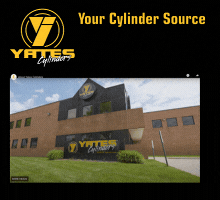
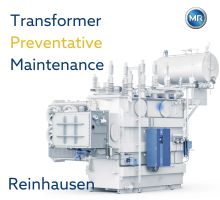-(220-x-200-px)-(130-x-130-px)-(220-x-200-px).jpg?lang=en-US&ext=.jpg)
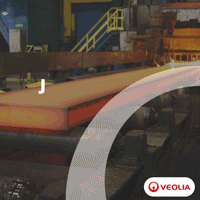Veolia.gif?width=200&height=200&mediaprotectionhash=4deca34a0d5a00013b5a0ccdc2dcf98fd2c17aabb57eb7bbb27200552f29c247&ext=.gif)

